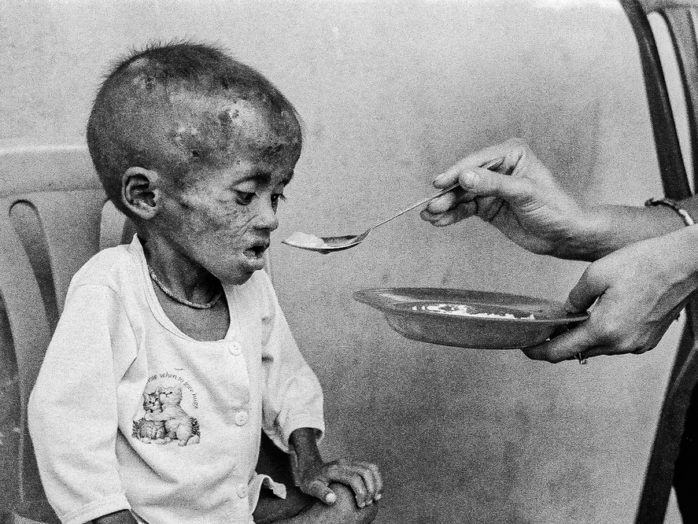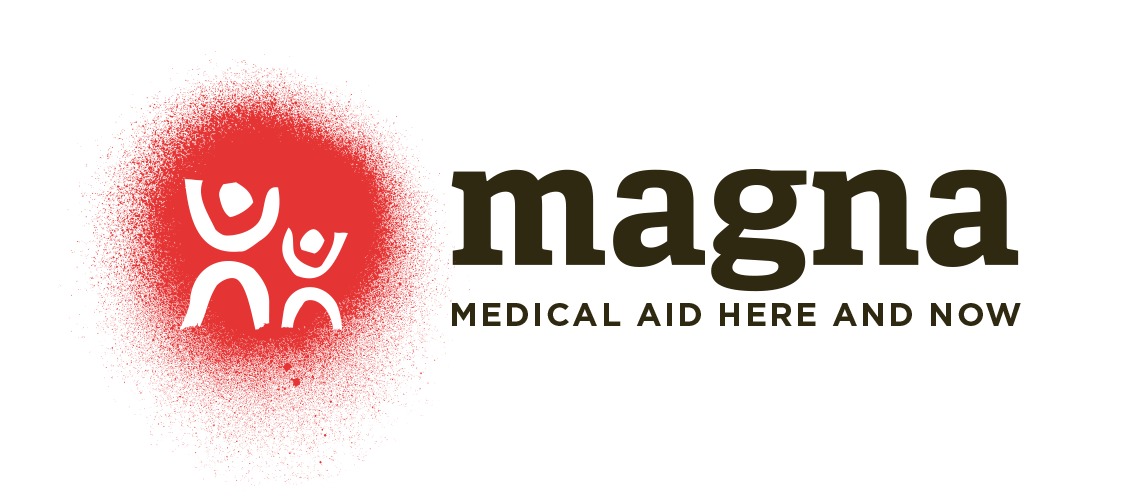Our history
The idea of founding an organization that will bring testimonies and provide medical assistance to people in times of humanitarian disasters came in 2000. That’s when photographer Martin Bandžák and psychologist Denisa Augustínová returned from a medical facility for victims of the Chernobyl disaster in Cuba.

First mission
AIDS in Cambodia – In 2002, thousands of people fell victim to the AIDS pandemic that hit the country and caused a huge loss of life. Parents who succumbed to the disease – it is reported that up to 250,000 people died of AIDS-related diseases during this period – were left with orphans, many of whom were infected at birth and died on the streets without any medical help.
Martin Bandžák and Denisa Augustínová became eyewitnesses of this tragedy. Pragmatically and with great commitment, they began to solve the situation and opened a facility for the treatment of infected children in the capital, Phnom Penh. They provided them with antiretroviral (ARV) treatment, which saved many lives. They called teams of medical professionals from Slovakia to the country, trained local doctors and involved them in the work. In a few months, MAGNA started treating its first patient and became one of the first organizations to start treating HIV/AIDS children.
